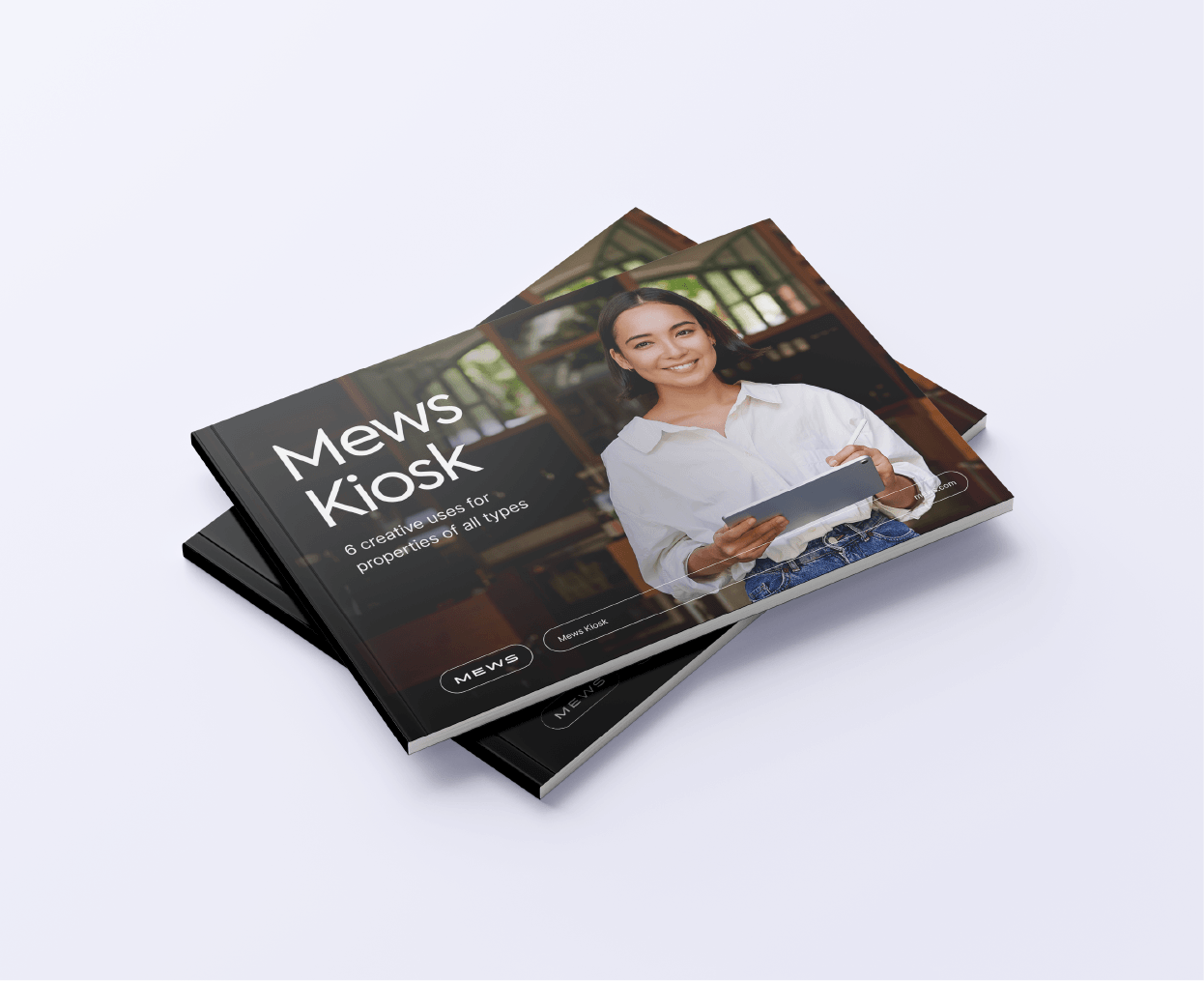With today's increasingly globalized economy, the variety of lodging examples has expanded significantly. From hotels and bed and breakfasts to ecolodges, resorts, and motels, each property type offers unique features and amenities tailored to different target audiences. The secret lies in knowing your target audience and understanding what they're looking for.
In this article, we'll explore 10 different types of lodging, helping you understand the competition and what they offer. By gaining a better overview of the market, you'll be able to better tailor your offerings to meet the needs of the clientele best suited to your property.
Table of contents
10 different types of properties
As the saying goes, "Different strokes for different folks." This couldn't be truer in the world of lodging. With so many options available, it's clear that various guests are looking for different experiences. Let's take a look at 10 of the most common types of lodging, so you can better understand the landscape and how to stay competitive.
Motel
A motel is a very American concept of a budget-friendly accommodation. It's typically targeted at budget-conscious travelers on the go. You will often find motels conveniently located near highways or just off the freeway. The idea behind a motel is that those on a road trip can stop overnight for some quick shuteye. You won't typically find a lot of amenities or add-ons, as they're often designed for a one-night stay.

Boutique hotel
Boutique hotels are usually targeted at younger, trendier audiences looking for an alternative to traditional hotel stays. They tend to be smaller, more stylish, and often independently operated. These hotels may feature special themes, such as art-focused or designer hotels showcasing local designers, or simply offer trendy, one-of-a-kind experiences.
Boutique hotels are especially popular among millennials who are well-traveled and seek something out of the ordinary, often willing to pay more for uniqueness.
Chain hotel
There are many chain hotels found around the world. These hotels have a consistent aesthetic, no matter the location, which creates a recognizable brand identity. Chain hotels often offer loyalty programs to entice guests with benefits, ensuring a reliable experience for both standard hotel guests and business travelers alike.
Some popular chains include the W, Marriott, Hilton, and Melia Hotels. They usually feature amenities like a spa, gym, pool, restaurant, and bar, offering comfort and consistency for regular travelers.
Resort
A resort is usually an all-inclusive or an all-encompassing experience, meaning you don't have to leave its comforts during your stay. They cater to families with kids and those who enjoy activities like golf or tennis, allowing guests to engage in their favorite hobbies without exploring beyond the resort. Resorts usually have dining facilities, bars, pools, saunas, activities, kids' daycare, and other leisure options.
Bed & breakfast
A bed and breakfast is similar to a boutique hotel but typically offers fewer rooms (usually less than ten). The goal is to make you feel at home away from home, with breakfast included to encourage socializing and create a sense of community. The owner is usually on-site to ensure guest satisfaction.
These cozy, home-like accommodations are often located in rural or smaller towns, providing a local experience while allowing guests to be more social during their stay.
Serviced apartment
A serviced apartment is available for both short-term and long-term stays. While similar to a hotel with regular housekeeping and services, it offers more space and privacy, feeling more like home. These apartments typically come with a fully equipped kitchen, living space, and included utilities, with on-site amenities available.
Serviced apartments are ideal for flexible stays and are often more cost-effective for longer durations, eliminating the need to dine out for every meal and offering discounted rates the longer guests stay.
Ecolodge
An ecolodge is typically located in rural or natural settings and appeals to eco-conscious travelers seeking a local experience. Often operated by local communities, ecolodges emphasize sustainability in travel. They may offer vegan or vegetarian food, farm-to-table dining, sustainable energy, and eco-friendly design to minimize their carbon footprint.
Accommodation can vary from glamorous to basic, depending on the location and the brand's approach.

Short-term rentals
Short-term rentals are apartments leased for a limited period, typically ranging from a few days to a few weeks. Some rentals may have maximum stay limits due to local laws and regulations. These properties generally don't offer housekeeping services but are designed for those staying longer who prefer the comforts of home, such as cooking facilities, a living room, and parking.
They are typically fully furnished, with essential amenities like kitchen appliances, and are ideal for vacationers, temporary workers, locals renovating their homes, or business travelers on short-term assignments who don't want the hassle of furnishing an apartment or signing a lease for a short period.
Hostels
Hostels provide budget-friendly accommodations, aimed at backpackers and solo travelers looking to meet others. These properties create a sense of community with shared spaces like kitchens and lounges, and many rooms are dormitory-style. Bathrooms may be en-suite or shared, with options for guests to pay more for fewer bunk beds per room. Some hostels offer gender-specific dorms for added comfort.
Hostels generally target younger guests who are keen to socialize and don't mind sharing rooms or facilities. The accommodation is typically basic, with travelers expected to make their own beds, and lockers provided to store personal items.
Camping and glamping sites
Camping and glamping sites offer outdoor accommodations, ranging from basic tent camping to more luxurious options like yurts, treehouses, or glamorous tents, blending comfort with nature. These sites are typically located in rural or natural areas, attracting eco-conscious or outdoorsy individuals. Glamping generally caters to a higher-end market, while camping tends to be more budget-friendly.
Conclusion
We've looked at the different types of properties. No matter which lodging examples we've discussed, what will change the most is that different target audiences will be looking for different features and amenities to suit their needs. If you can find the right target for your property, you'll likely have a market no matter what.
Download our guide "Mews Kiosk: 6 creative uses for properties of all types"


Author
Eva Lacalle
Eva has over a decade of international experience in marketing, communication, events and digital marketing. When she's not at work, she's probably surfing, dancing, or exploring the world.

Mews Kiosk: 6 creative uses for properties of all types
Download now
Hospitality hot takes straight to your inbox


.webp)